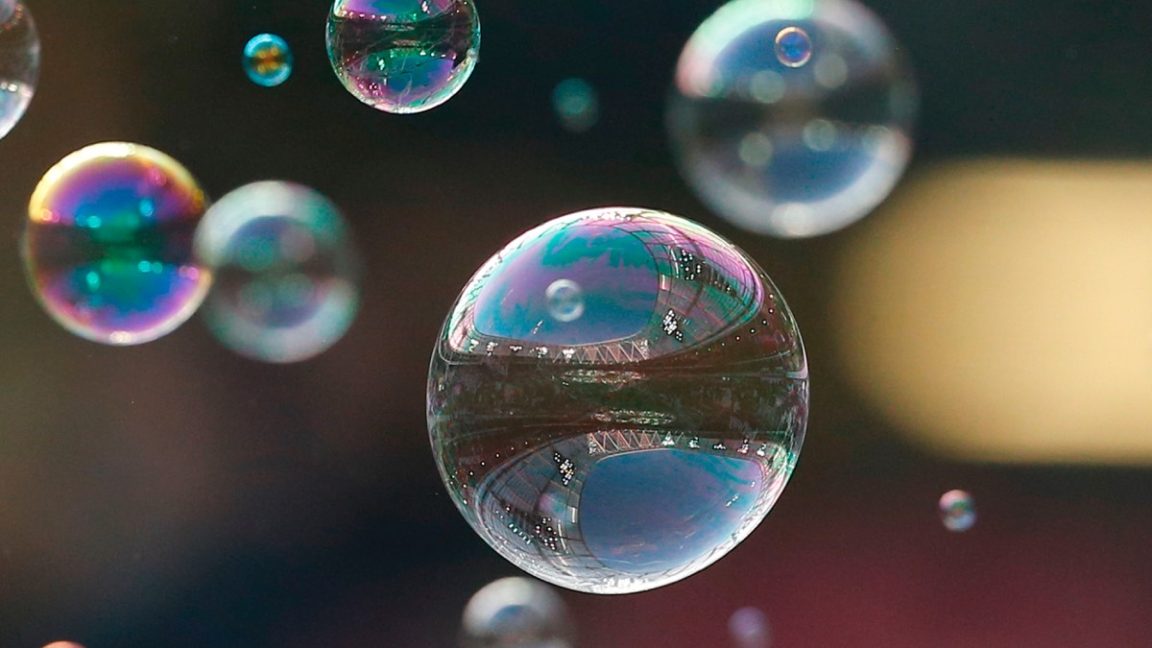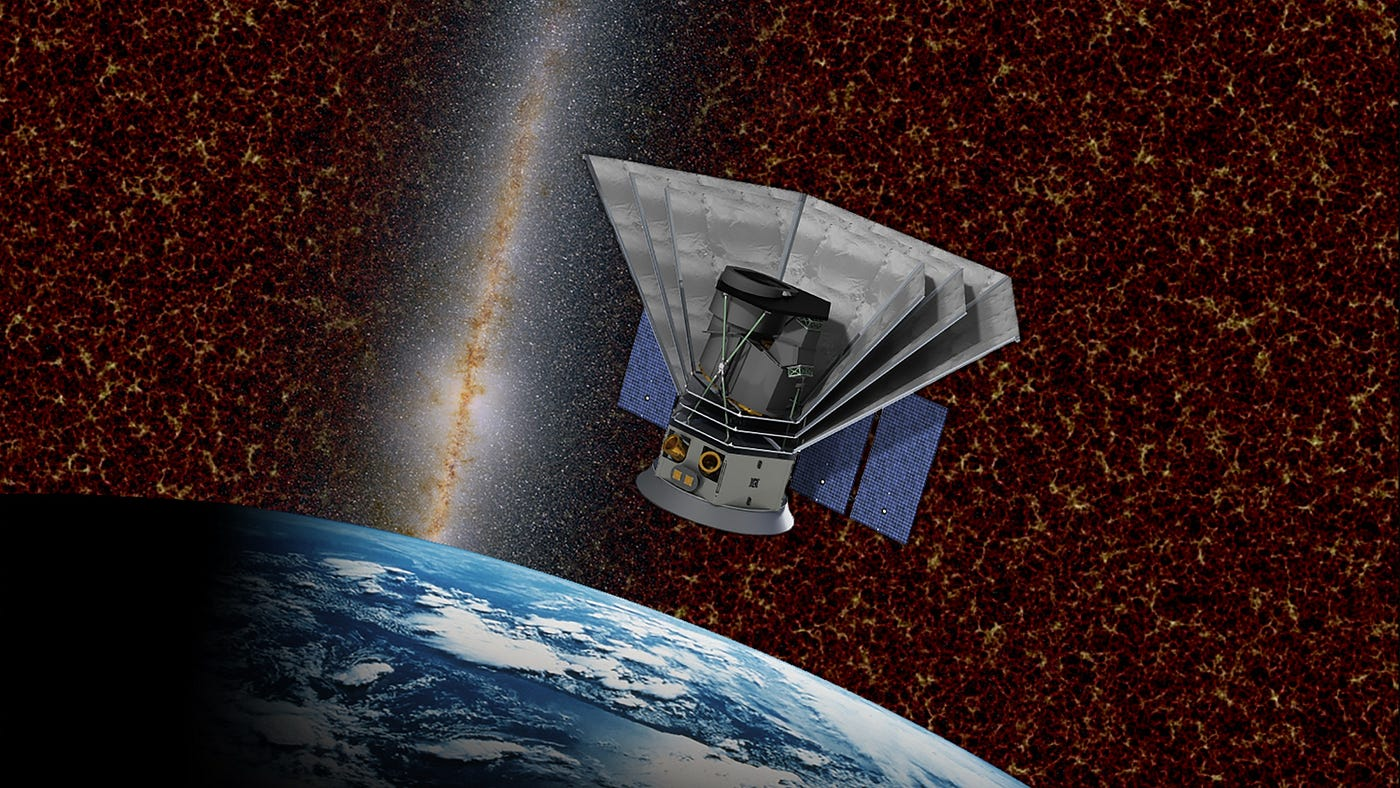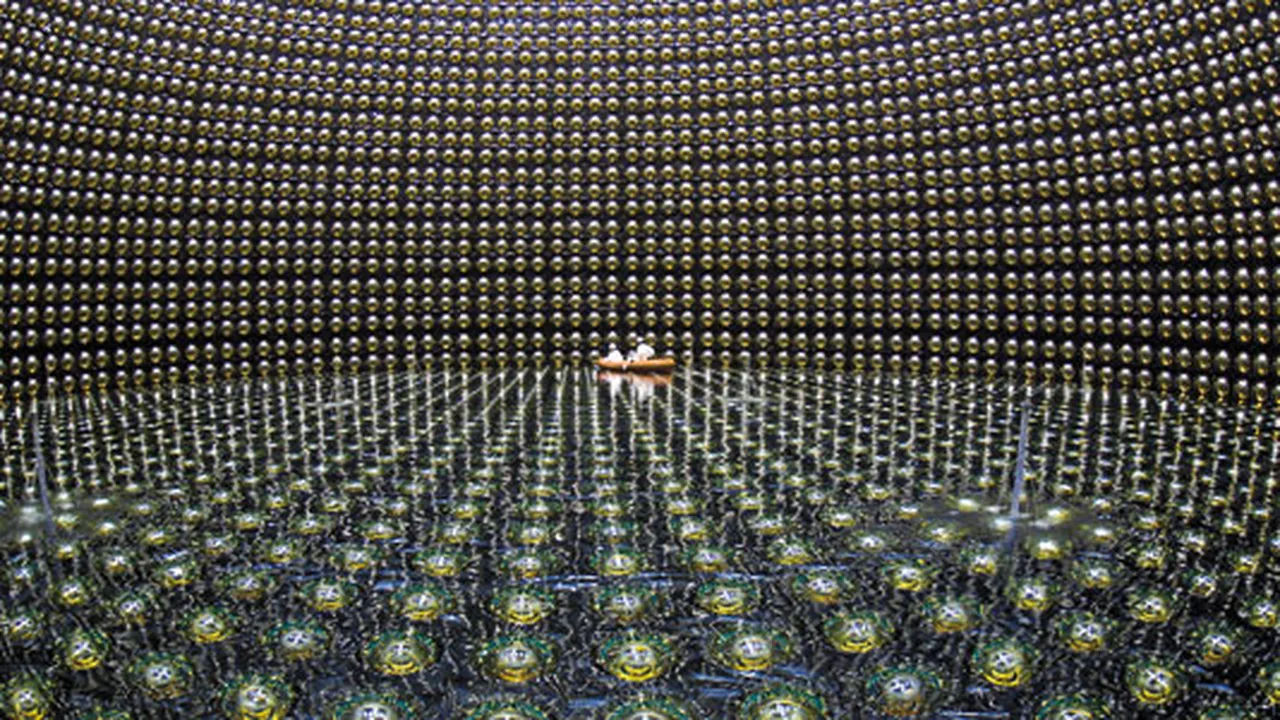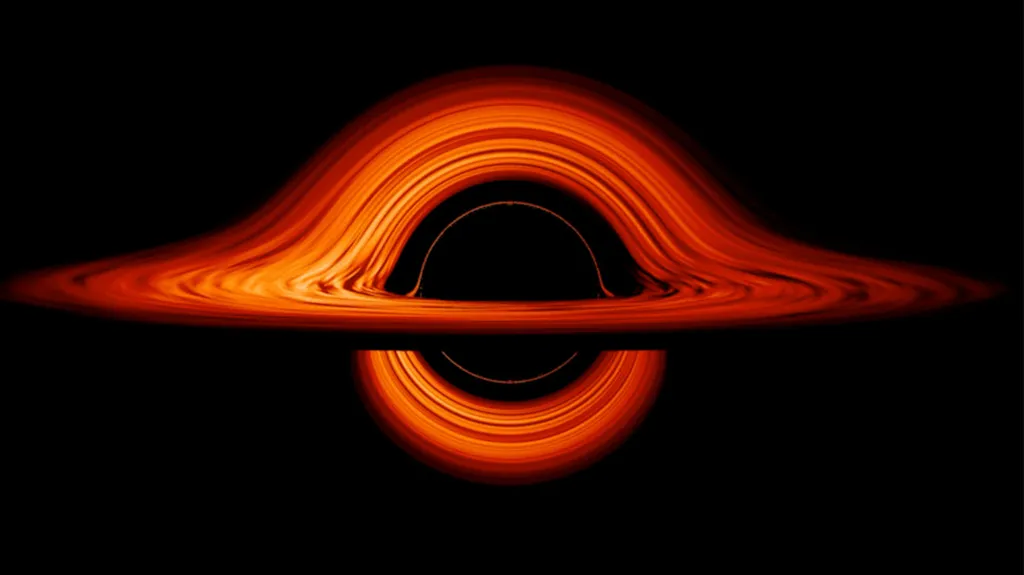At first glance, bubbles might seem like simple playthings—but behind their shimmering surface lies a world of complex physics. These thin films of liquid, typically made from soap and water, demonstrate key principles such as surface tension, pressure equilibrium, and light interference. In fact, bubbles serve as real-world examples for understanding minimal surface geometry and fluid dynamics—concepts fundamental in physics, materials science, and even aerospace engineering.
Physicists and fluid mechanics researchers have long studied bubbles to model real-world phenomena, from the behavior of lung alveoli to fuel efficiency in engines. According to Google’s E-E-A-T framework, the most reliable insights come from peer-reviewed studies, expert-led lectures, and institutions with proven research credibility. Their findings reveal that a bubble’s spherical shape represents the lowest-energy configuration—a natural tendency toward balance and stability in all physical systems.
Beyond the lab, bubbles continue to inspire innovations in nanotechnology, medicine, and even architecture. Understanding how and why they form, behave, and burst not only deepens our grasp of physical laws but also sparks curiosity in the smallest details of nature. In physics, even the most delicate forms can reveal powerful truths.







